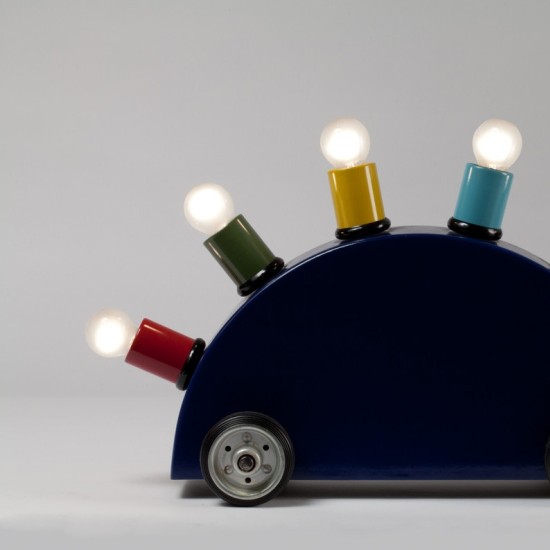
Our permanent exhibition Art + Design in Dialogue
The design department with the Winkler Collection

In the course of industrialisation and the rapid progress of technical possibilities involved therewith, the conditions for the production of goods changed as from the mid 19th century. The traditional arts and crafts encountered competition from a new discipline that came to be called ‘design’ in the course of the 20th century. The industrial product, which was initially purely oriented toward its functional aspects – safety pins and paper clips are good examples of this – was increasingly assessed and adjusted according to its aesthetic qualities. The French-American designer Raymond Loewy (1893-1936) finally hit the nail on the head: ‘ugliness does not sell’.
But how do we develop good and appealing industrial products? And is it possible to consider design detached from art and the arts and crafts? The MAKK – the Cologne Museum of Applied Arts – was founded as a museum of applied arts in 1888. It focused on high quality handcrafted products of past epochs. However, from as early as the 1920s, interest in industrially manufactured goods began to grow alongside the collection of arts and crafts objects. Since the 1970s at the latest, particularly exemplary industrial products as well as formally and technically innovative objects have been added to the collection. In 2005, this high-quality design collection underwent a decisive change that made it unique in Europe: Prof. Dr. Richard G. Winkler donated over 700 objects of European and North-American origin to the MAKK. The magnificent collection consists of design products, but also of works from the visual arts of the 20th and early 21st centuries. Thus, in 2008, the design department could be renamed Art + Design in Dialogue. It represents almost all well-known designers, manufacturers, and manufactories and relates them to the paintings and sculptures of renowned international artists.
The Art + Design in Dialogue exhibitiont does not represent design as an isolated phenomenon, but is made lucid and comprehensible in the context of art historical epochs and styles as well as in an international comparison.











